
A graduate in podiatry medicine from the Université du Québec à Trois-Rivières (UQTR), Dr. Lounes Laoudi, podiatrist, founded the Clinique podiatrique du Sud-Ouest in 2015. Since then, he has been offering many Montrealers the benefits of his expertise in foot biomechanics, biopsy, sports medicine, paediatric podiatry and foot trauma.
He is seconded by podiatrist Aissam Jerraf, who brings his great versatility to the team and can treat all types of pathologies. Dr. Jerraf, also a podiatrist, shares his expertise with two other Montreal podiatry clinics.
Podiatrist Ron Terry Bustillo rounds out this trio with his background in podiatry medicine and kinesiology. Passionate about sports, Dr. Bustillo, Podiatrist uses his specialities to provide effective treatment for his patients’ sports injuries.
PiedRéseau Verdun
4475 Av Bannantyne #202,
Verdun, QC H4G 1E2
directions
1-438 792-0065 Toll free
Monday
10:00 - 19:00
Tuesday
9:00 - 19:00
Wednesday
10:00 - 19:00
Thursday
10:00 - 19:00
Friday
10:00 - 17:00
A humane and educational clinic
Located in Verdun, a few minutes from the Verdun metro station, the Clinique podiatrique du Sud-Ouest knows how to be a welcoming place. Its team of professionals welcomes you in a pleasant and friendly setting, placing priority on your well-being.
Led by the expertise of podiatrist and owner Lounes Laoudi, the team at the Clinique podiatrique du Sud-Ouest is committed to educating its patients properly. Take advantage of the best approach to get you back on your feet!
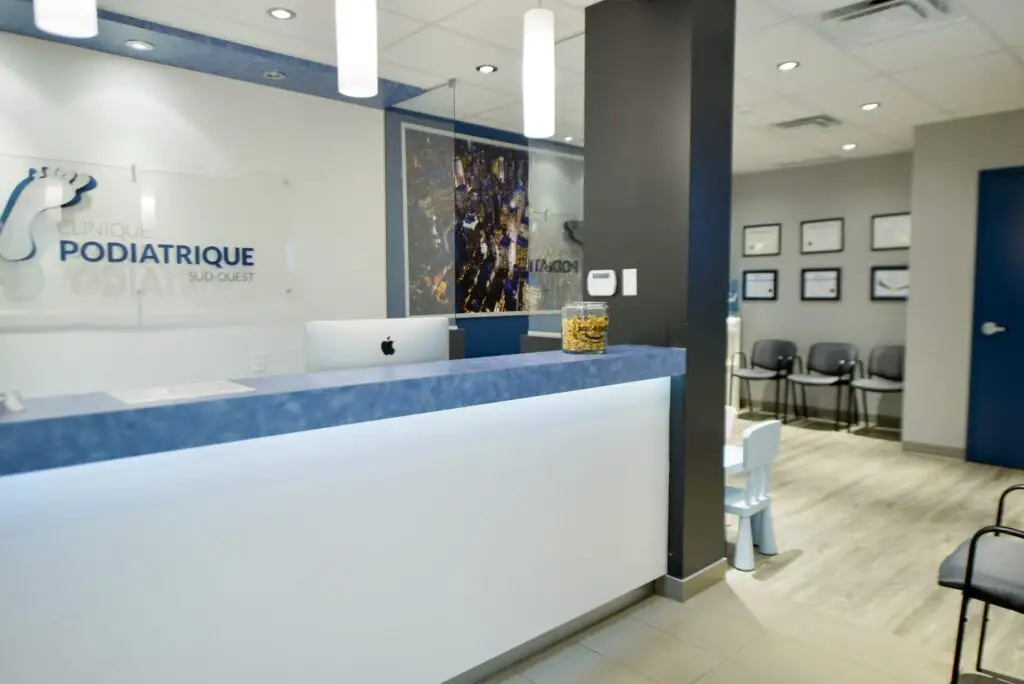

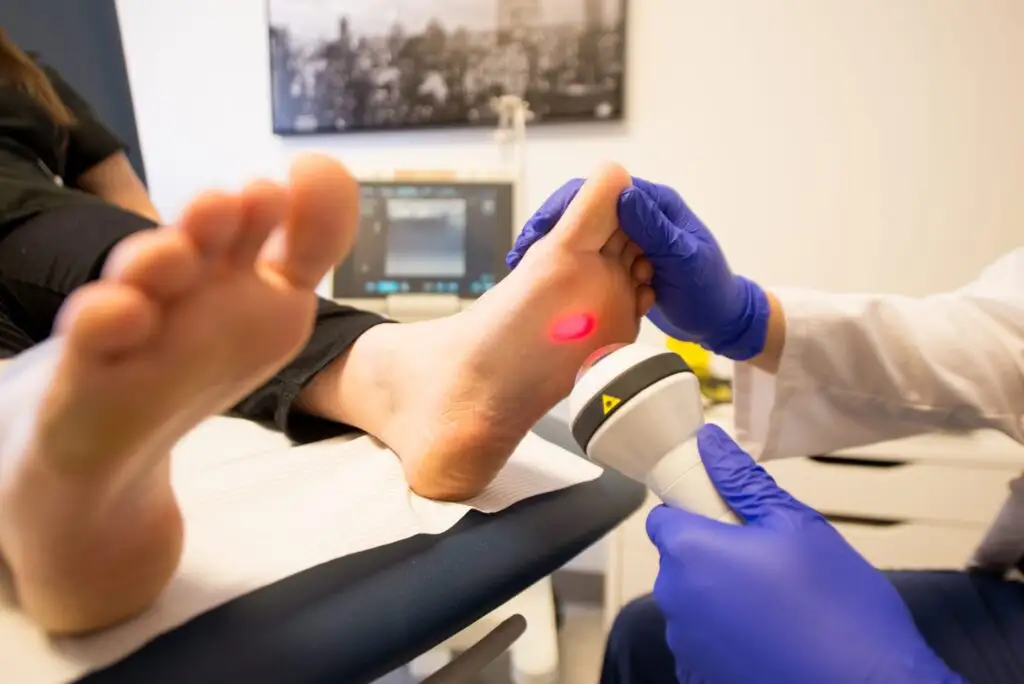
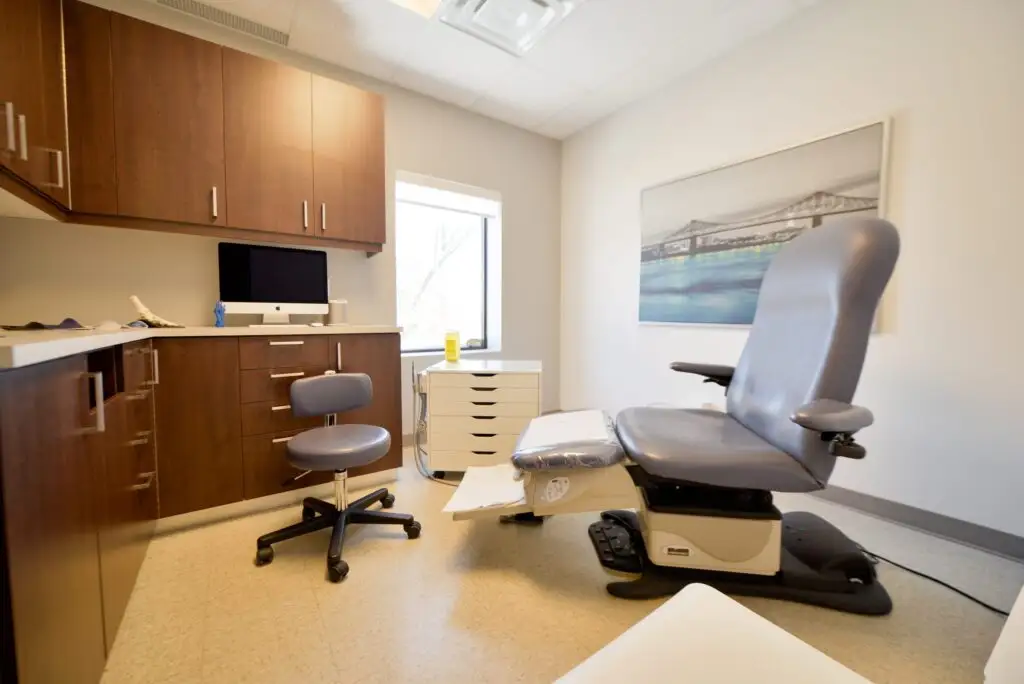
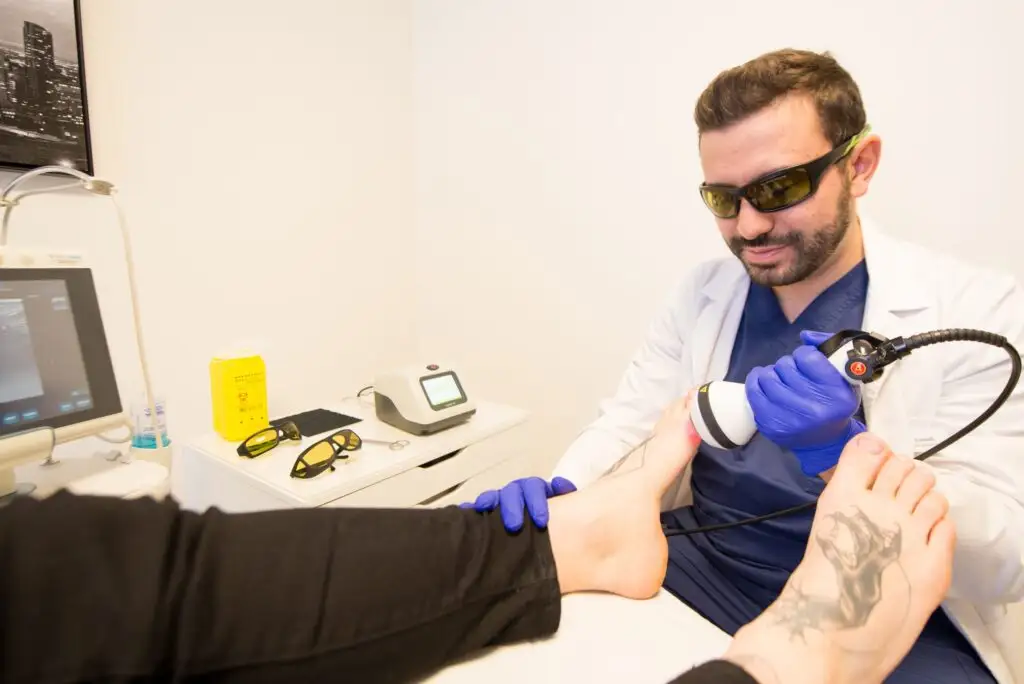
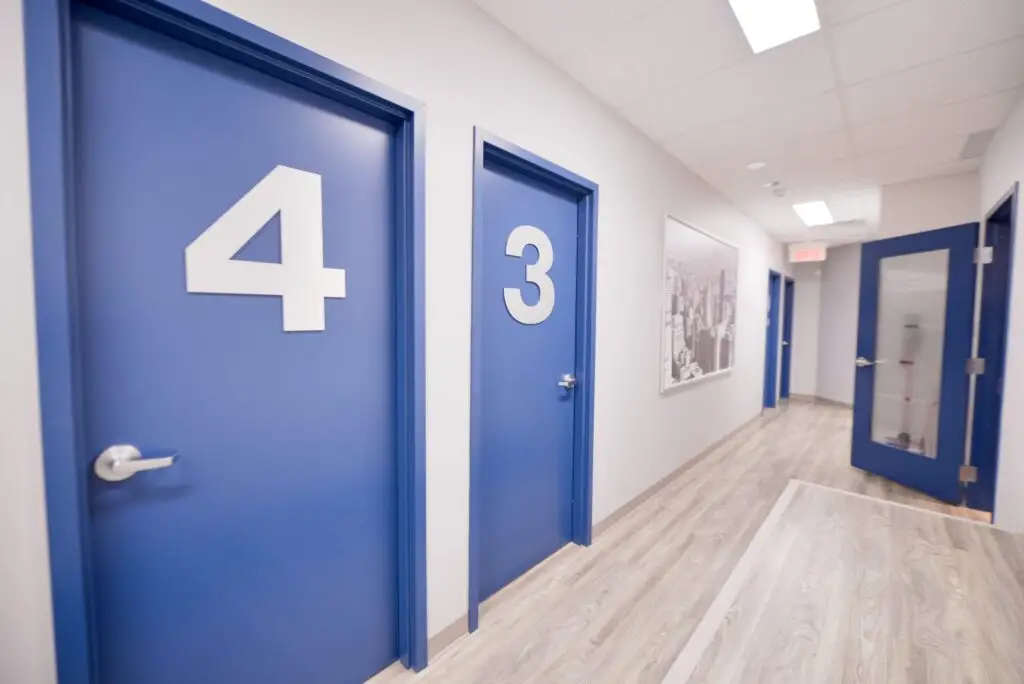
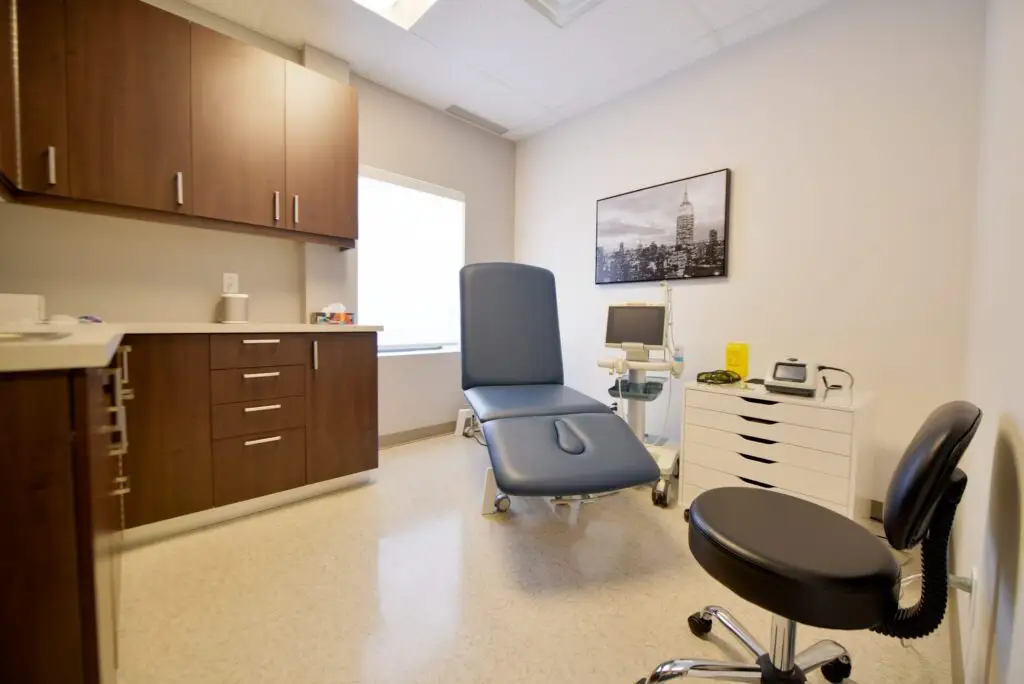
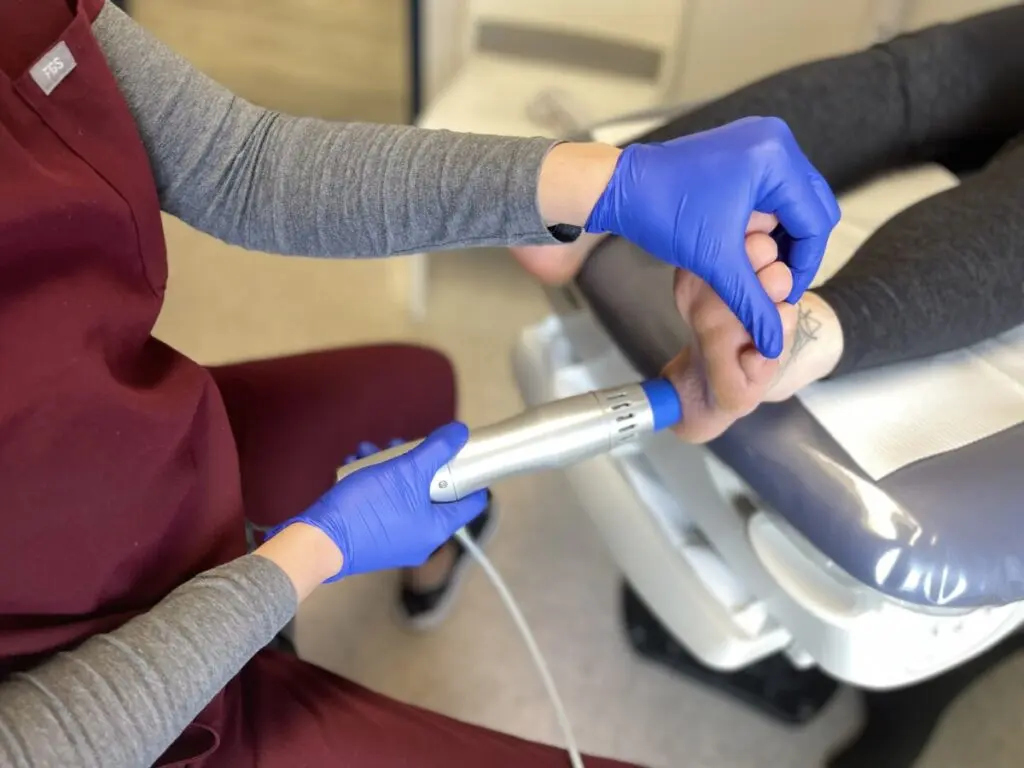
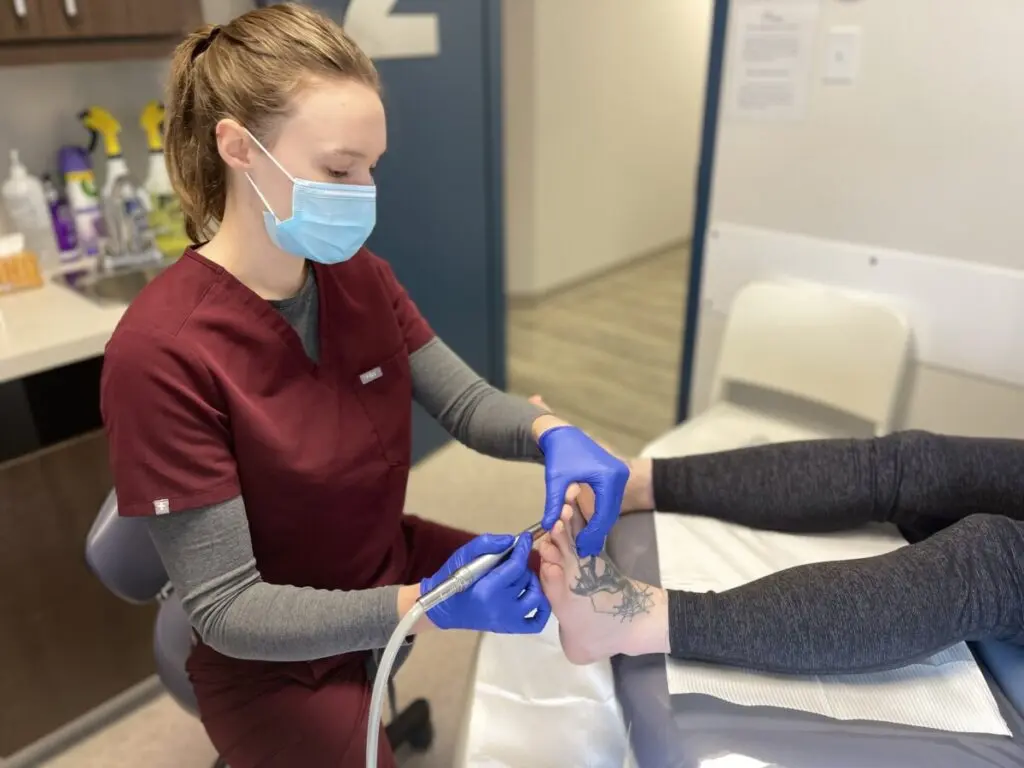
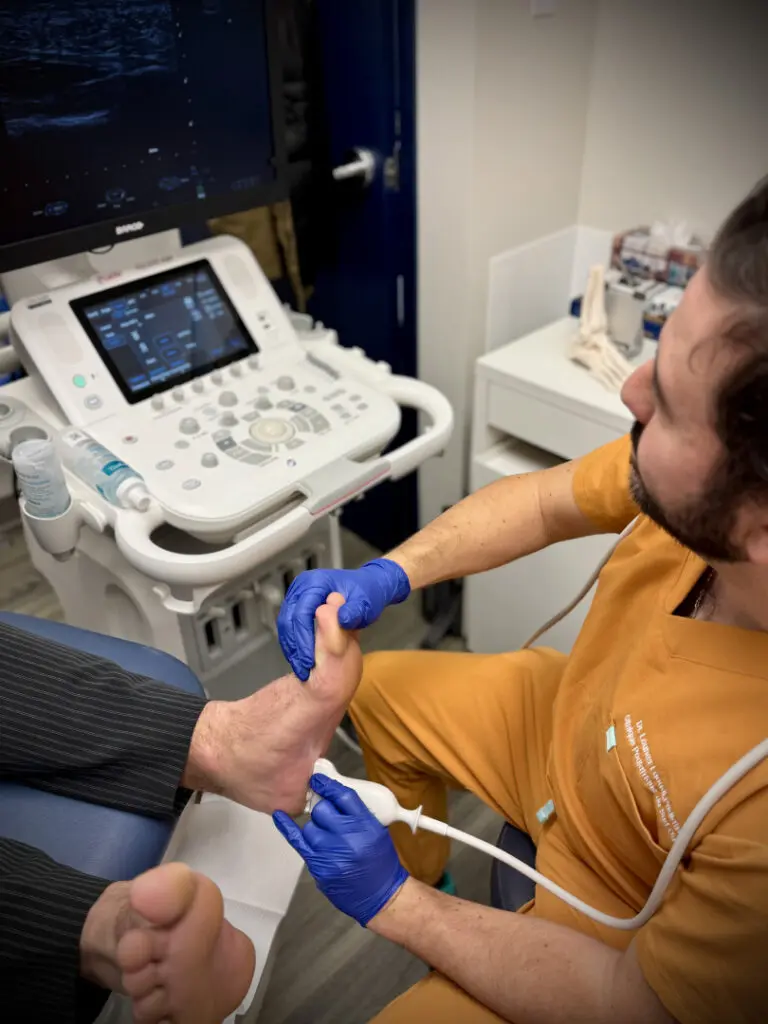
Frequent problems
- Big toe osteoarthritis (Hallux rigidus)
- Corns, calluses and severe corns
- Diabetic foot ulcer : symptoms and treatments
- Foot arthritis : symptoms and treatments
- Foot blisters : symptoms and treatments
- Foot bunion (hallux valgus)
- Functional hallux limitus
- Heel bursitis : symptoms and treatments
- Heel spur (Lenoir’s thorn)
- Hematoma under the toenail
- Ingrown toenail (onychocryptosis)
- Joint wear and tear : symptoms and treatments
- Pain : foot, ankle, leg, knee, hip and lower back
- The bunionette (quintus varus)
- Toenail trauma : symptoms and treatments
Treatments provided
- 2D and 3D digital imaging
- Biomechanical exam : symptoms and treatments
- Cortisone injections
- Evaluating Children’s Feet
- Foot care – Nails, corns and calluses treatment
- Foot ultrasound imaging
- Nail culture : importance, advantages and procedure
- Plantar orthotics: types, benefits, and adaptation tips
- Podopediatrics treatments
- ShockWave therapy : therapeutic benefits and treatment
- Stress fracture in the foot
- Therapeutic foot taping
- Toenail deformity : treatments
- Treatment of foot pain by the podiatrist
- Ultrasound guided injection
- Ingrown toenail treatment by a podiatrist
- A podiatrist’s treatment for plantar warts
- Treatments for paronychia of the toe
- Treating frostbite on the feet and toes
- Treatment for excessive foot sweating
- Partial or complete foot amputation
- Ultrasound treatment
- Orthopaedic shoes : types and benefits
Surgical procedures offered
Responsible for personal information/confidentiality: Lounes Laoudi 514-564-7433
Request an appointment at the clinic
Leave us your contact details and availability and we will contact you to make an appointment.
Please note that if you are seeking podiatry services following a work-related accident (CNESST) or a road accident (SAAQ), please contact us before your appointment to obtain more information about the reimbursement procedures.









